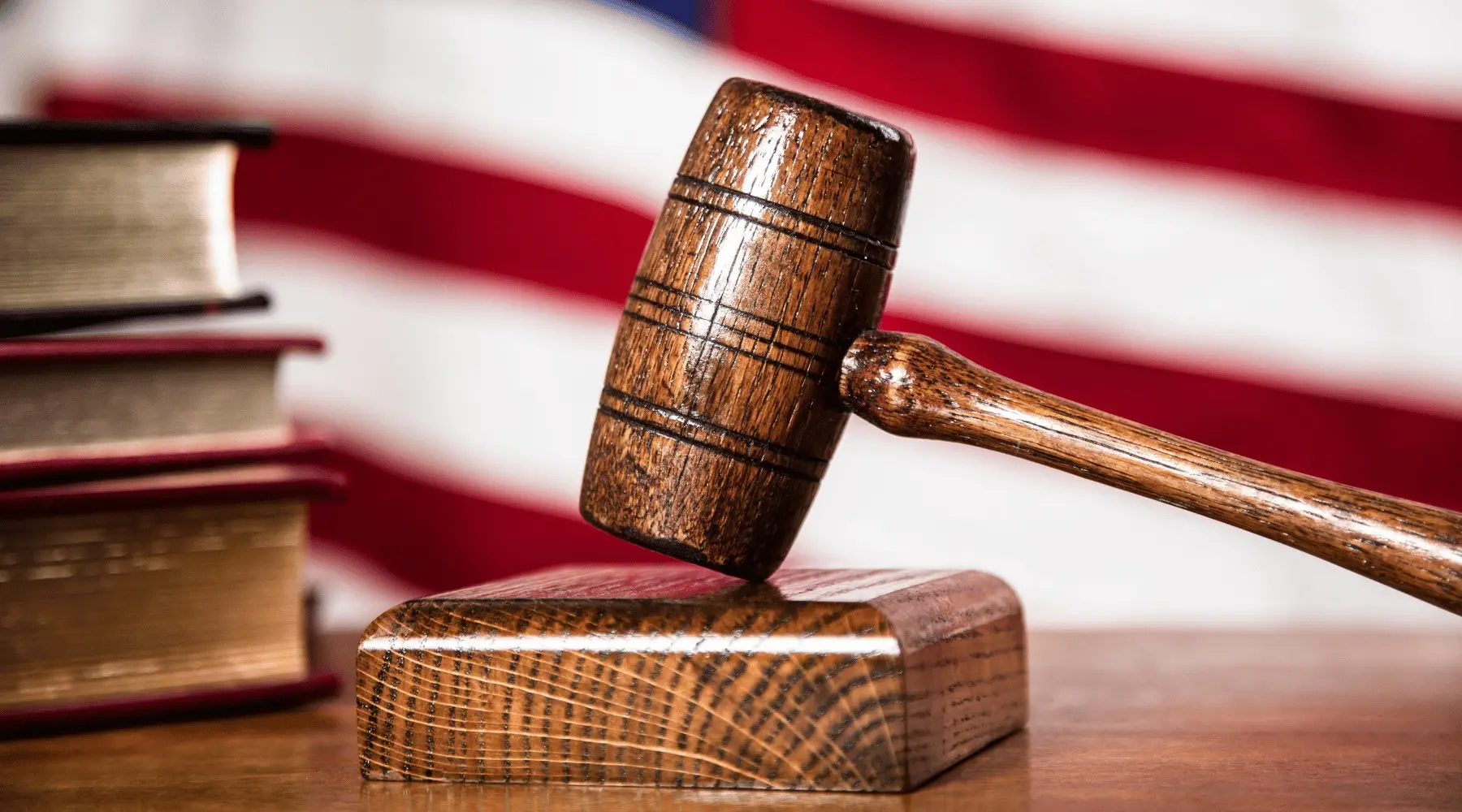Sam Bankman-Fried’s FTX trial starts tomorrow – what it means for FTX customers

Key takeaways
- Sam Bankman-Fried (SBF) is accused of 7 counts of wire fraud and securities fraud in regards to his management of the US $32 billion (AUD $50 billion) FTX empire.
- The trial is expected to run for 6 weeks until November 9, 2023 and will hear testimony from SBF's former FTX colleagues.
- The FTX estate has recovered approximately US$5 billion (AUD $7.8 billion) of customer funds and has proposed a revival of the exchange.
The criminal case against FTX founder, Sam Bankman-Fried (SBF), begins in New York tomorrow.
SBF is alleged to have defrauded customers by appropriating customer funds for his own use which involved various business operations, political donations and sending funds to FTX's sister firm, Alameda Research, a hedge fund founded by SBF in 2017.
An estimated $US 8 billion (AUD $12 billion) worth of customer deposits were lost in the collapse.
SBF is facing 7 charges which include wire fraud, securities fraud and money laundering.
Together these charges carry a maximum penalty of up to 110 years in prison.
The trial is expected to run for 6 weeks, until November 9.
A bad start for SBF
SBF's legal team have a difficult trail ahead of them, with the prosecution having prepared a sturdy case.
According to Sarah Paul, a former assistant US attorney and partner at law firm Evershed Sutherland, "the government's case looks extremely strong... They have multiple cooperating witnesses who worked very closely with him and are going to say that they committed a crime with him.
So far four former FTX executives, including Gary Wang, Ryan Salame and Caroline Ellison (who is also SBF's former partner) have pleaded guilty to charges. Three of them are cooperating with authorities and at least one is expected to testify against SBF.
In courtroom testimony from last year, Ellison admitted that "I knew that it was wrong" and acknowledged that her actions are illegal.
On Sunday, Judge Lewis Kaplan, dealt another blow to SBF's defence. Kaplan, who is presiding over the case, delivered an opening statement saying that SBF could not blame poor advice from FTX's lawyers for his actions.
FTX maintained in-house counsel with law firm Fenwick and West, who allegedly advised actions such as personal loans to FTX and Alameda Research executives, the use of anonymous messaging services, the construction of various banking relationships, and helped develop FTXs terms of service.
Even if SBF's lawyers manage to get him off the hook, he now faces another trial in March 2024 on five additional charges. These charges include the illegal sale of derivatives, conspiracy to commit bank fraud, and the alleged bribery of Chinese government officials.
What does this mean for FTX customers?
The magnitude of customer losses is still unclear, likely due to FTX's opaque and allegedly fraudulent accounting practices.
In March 2023 the US Commodities Futures Trading Commission estimated customer losses at more than US $8 billion (AUD $12 billion).
At the same time, the firm handling the FTX bankruptcy said it had recovered more than US $5 billion (AUD $7.8 billion) of that amount, but that the total amount of customer losses is still unknown.
More recently, a court filing from September 11, estimated that around US $7 billion (AUD $11 billion) in assets had been recovered from the FTX estate so far.
This includes a mixture of assets including at least US $2.6 billion (AUD $4.1 billion) in cash, US $3.5 billion (AUD $5.5 billion) in crypto (valued 31st August), and varying amounts of equity and real estate.
There is a proposal to revive FTX, coordinated by the bankruptcy estate now managing FTX.
The proposal suggests that creditors – which includes investors in the FTX business, as well as regular customers – could vote on whether to revive the exchange with the support of new, outside investors.
It's not clear yet whether a revived FTX would benefit customers directly.
In Australia, customers of Digital Surge voted to revive the exchange, after it collapsed due to its involvement with FTX. The purpose of the revival was to reimburse customers over the course of 5 years using profits from the relaunched exchange.
Ask a question
